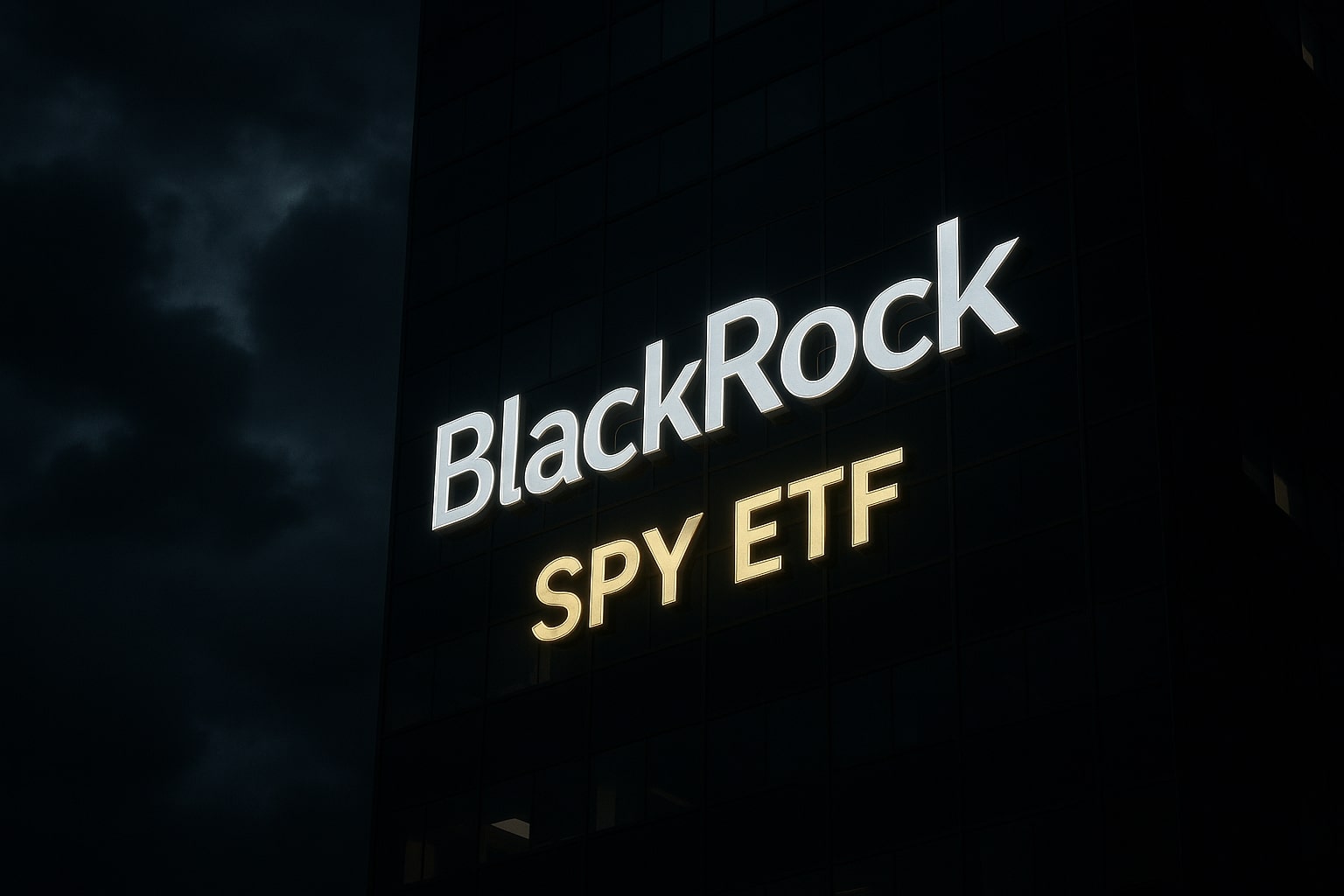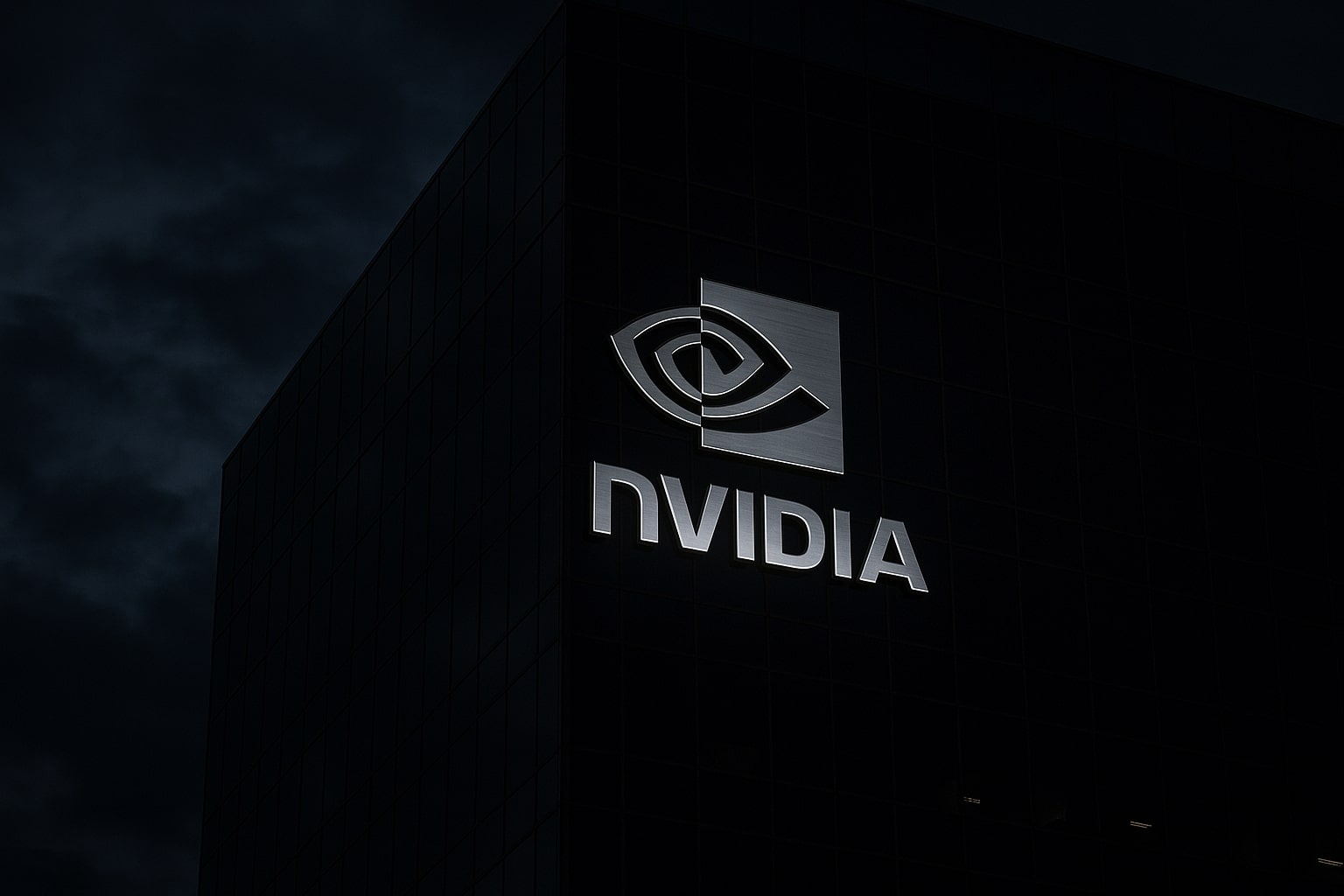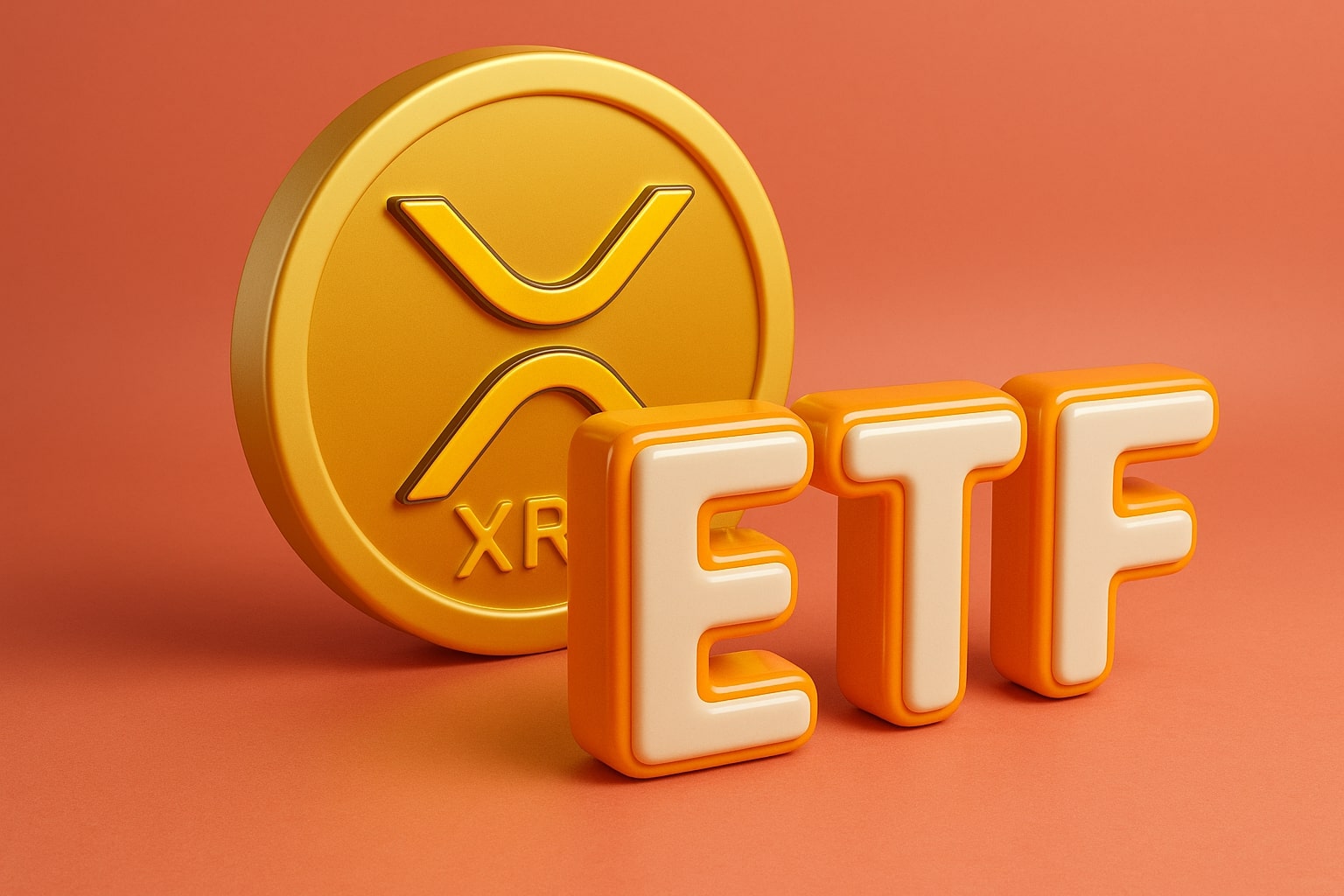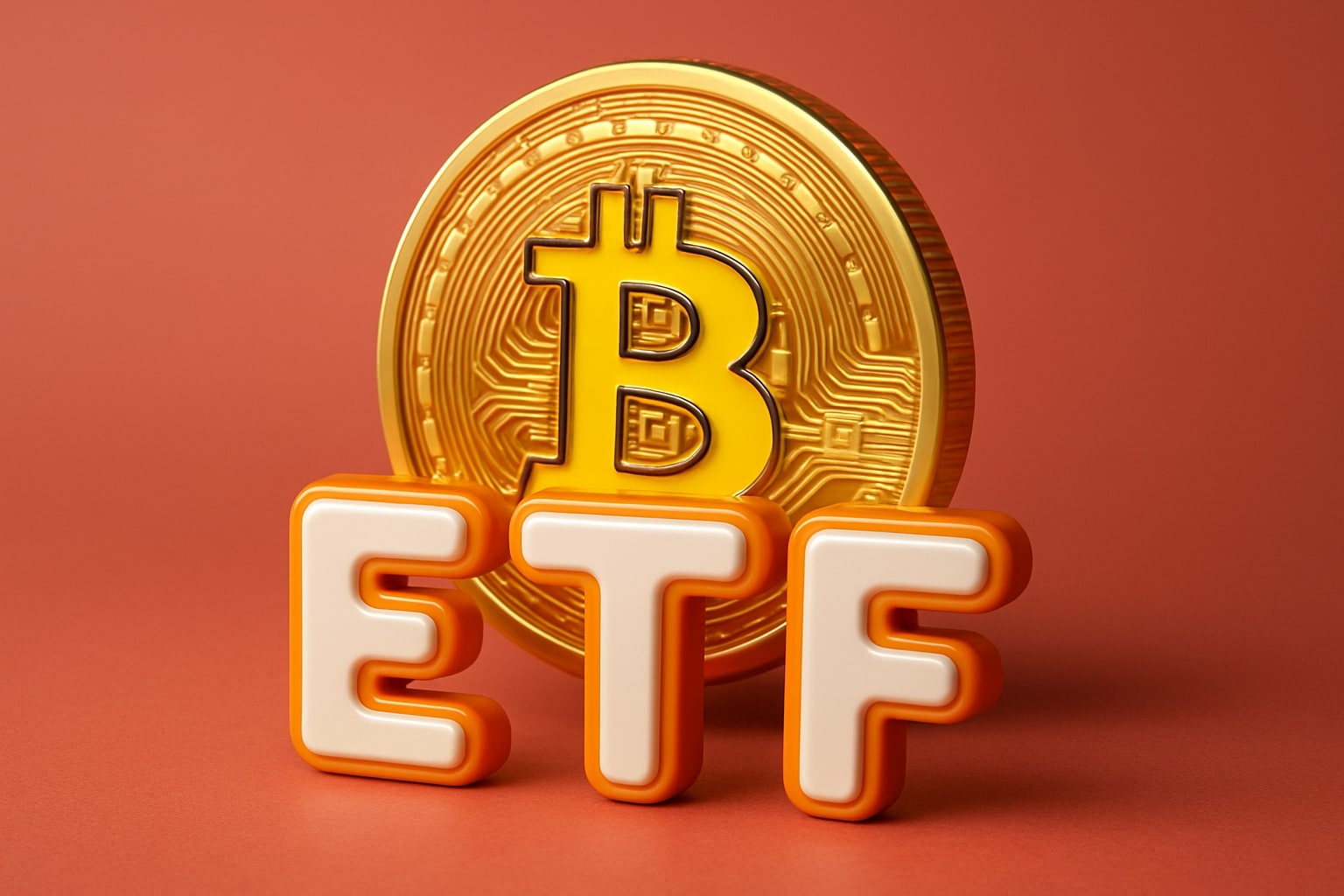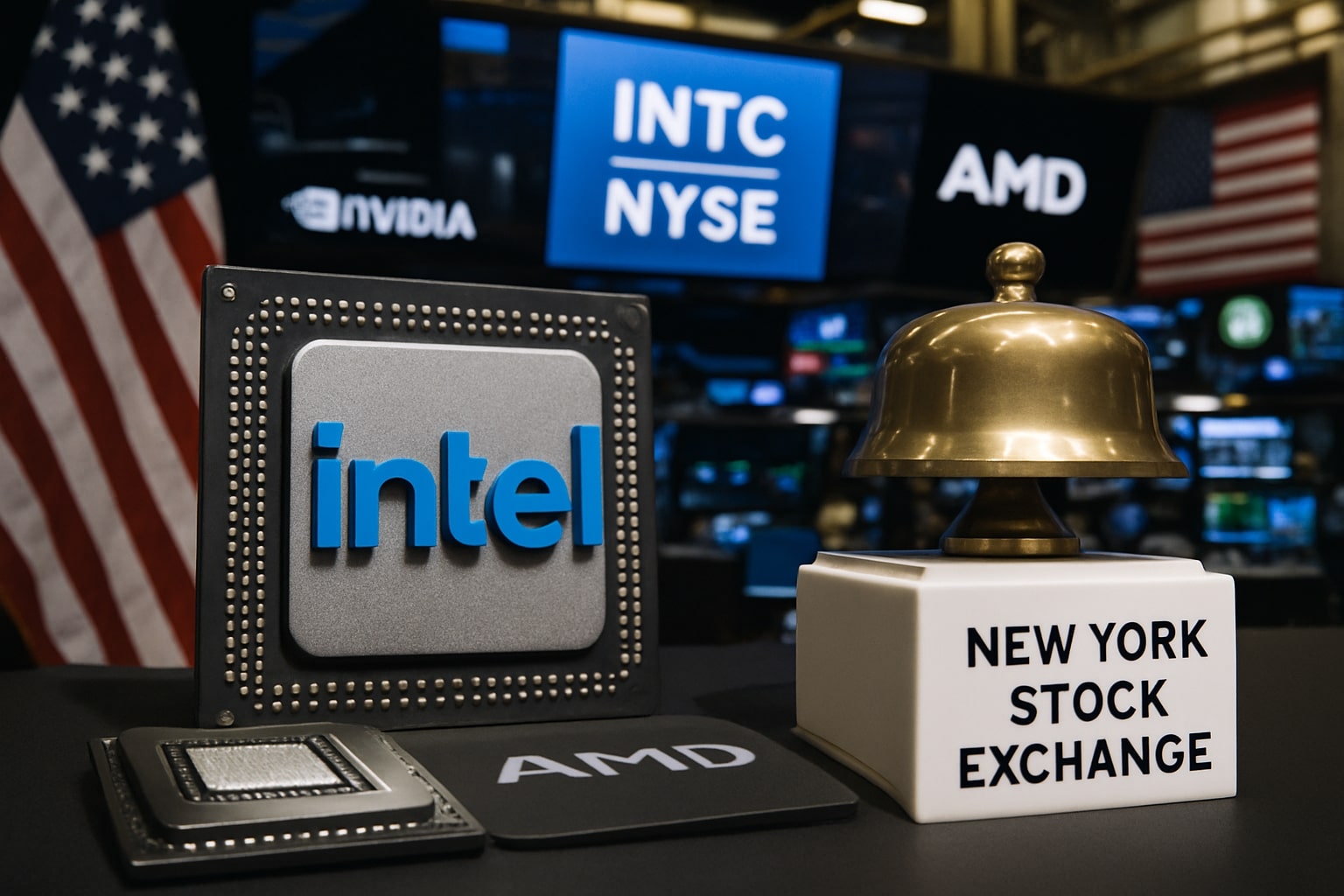
Intel Stock Price Forecast - INTC Shares Leaner and Stronger Before Earnings, Targets $47
With $8.9 billion in U.S. funding, Microsoft’s 18A deal, and sharper cost controls, Intel eyes a return to profitability and a potential $50 price target by 2026 | That's TradingNEWS
Intel (NASDAQ:INTC) Faces Pivotal Q3 Earnings as AI Ambitions and Foundry Strategy Collide
Restructuring at Scale: Intel’s Leaner Workforce Signals a Cultural Transformation
Intel Corporation (NASDAQ:INTC) enters its Q3 2025 earnings at $37.45, up 86.1% year-to-date and 66.3% over the past 12 months, positioning itself as one of the strongest rebound stories in U.S. semiconductors. Under CEO Pat Gelsinger, Intel has reshaped its operational core, reducing its global workforce from over 108,000 employees in 2023 to roughly 75,000 today. This is a historic 31% reduction designed to streamline management, cut inefficiencies, and reestablish focus on process technology execution.
The strategy, while severe, is working. Operating layers have been cut by 50%, reducing bureaucracy and aligning decision-making closer to product execution. These changes are aimed at restoring Intel’s competitive rhythm after a prolonged stretch of missed product cycles and profit erosion. The firm is targeting breakeven EPS for Q3 but internal cost savings, estimated at more than $4 billion annually, may push the result slightly positive. With margins expected near 36%, Intel is signaling the first signs of financial stabilization after six quarters of net losses.
Government Backing and Strategic Capital Realign Intel’s Competitive Position
The U.S. government’s $8.9 billion equity stake, roughly 10% of Intel’s market value, represents a rare instance of state intervention in a top-tier technology manufacturer. This capital injection, directed toward domestic fabrication expansion in Arizona, Ohio, New Mexico, and Oregon, ensures Intel remains central to the U.S. semiconductor supply chain.
Alongside the U.S. support, SoftBank’s $2 billion investment and a $5 billion co-development partnership with NVIDIA add international confidence to Intel’s AI roadmap. These combined inflows surpass $15 billion and signal an institutional belief that Intel can reclaim its manufacturing credibility. Yet these alliances also come with oversight. The August 2025 SEC 8-K filing revealed eight new risk disclosures related to this deal, including governance constraints and litigation exposure. This illustrates that Intel’s resurgence is not merely a financial event but a structural realignment under heavy political and regulatory observation.
18A Technology and Microsoft Alliance Drive Foundry Momentum
Intel’s 18A process node, long considered its redemption point, is finally finding traction. Industry sources report that Microsoft (NASDAQ:MSFT) has become a major customer, contracting Intel Foundry to produce Maia 200 AI accelerator chips for its Azure data centers. This partnership is a major validation of Intel’s manufacturing rebound and underscores its potential to compete with Taiwan Semiconductor Manufacturing Company (NYSE:TSM) on advanced node performance.
The 18A technology is the centerpiece of Intel’s next-generation foundry model, anchored in the company’s “no capital left behind” philosophy. This represents a radical shift from its legacy approach of overbuilding capacity—Intel will now only expand fabrication when it has firm, volume-backed customer commitments. This change improves return on invested capital and de-risks the heavy capital expenditures that once strained its balance sheet.
AI Ecosystem Partnerships Expand Intel’s Reach Beyond the CPU
Intel’s repositioning in artificial intelligence is no longer confined to CPU competition. Its partnership with NVIDIA (NASDAQ:NVDA) to integrate Intel’s x86 server processors into the NVLink supercomputing network gives it exposure to large-scale AI workloads without competing head-to-head in GPUs. Additionally, the collaboration with Exostellar—a company focused on autonomous compute orchestration—allows Intel to build out cost-efficient hybrid cloud solutions that apply AI and machine learning to resource allocation.
These developments converge around Intel’s AI Boost NPU and Core Ultra 200V processors, which power the F120 Copilot+ industrial tablet. Targeted at defense, utilities, and manufacturing applications, these chips reflect Intel’s pivot toward high-value, rugged AI systems rather than purely consumer-grade PCs. This diversification could help Intel maintain pricing power in an environment of intense competitive pressure from AMD and ARM-based platforms.
Margin Headwinds and Manufacturing Geography
Intel’s production shift toward Ireland’s high-volume fabrication hub, though technologically necessary, has introduced cost pressure. Wafer costs in Ireland are estimated to be 15–20% higher than in its Arizona and Oregon facilities. This geographic premium, combined with idle capacity costs from legacy product lines, continues to weigh on short-term profitability.
However, Intel’s financial resilience is improving. Operating cash flow stands at $10.08 billion, a recovery from negative levels last year, while total liquidity exceeds $21.2 billion against $50.7 billion in debt. The company’s debt-to-equity ratio of 48% and price-to-book of 1.81 suggest a moderate balance between leverage and equity value. Free cash flow remains negative at –$8.32 billion, but the trend shows stabilization as restructuring expenses decline.
Read More
-
S&P 500 SPY ETF (NYSEARCA:SPY) Holds $667 as AI Spending Surge Counters Weak Labor Momentum
07.11.2025 · TradingNEWS ArchiveStocks
-
Ripple’s XRP ETFs soar — XRPR up 6.41% to $19.27 and XRPI up 7.34% to $13.89
07.11.2025 · TradingNEWS ArchiveCrypto
-
Natural Gas Price Forecast - NG=F Steadies at $4.33 as 110.1 Bcf/day Output and Cold Front Shape Price Outlook
07.11.2025 · TradingNEWS ArchiveCommodities
-
USD/JPY Price Forecast - Dollar to Yen Pulls Back to 152.85 as 153K U.S. Job Cuts
07.11.2025 · TradingNEWS ArchiveForex
Valuation Reassessment: Between Recovery Hopes and Execution Proof
At a market capitalization of $177.5 billion, Intel trades at a forward P/E of 56.5, still elevated but expected to compress sharply as EPS expands from $0.12 in 2025 to $0.63 in 2026, marking a projected 432% increase. The stock’s price-to-sales ratio of 3.04 is below NVIDIA’s 14.5 and AMD’s 6.8, while its enterprise value-to-revenue of 3.9 indicates undervaluation relative to peers. Investors are effectively betting on a full operational turnaround by 2026–2027, when Intel’s valuation is forecast to normalize around 33x forward earnings.
The stock’s performance further reinforces this confidence. Intel has outperformed NVIDIA (+31.7%) and AMD (+50.3%) over the past year, gaining 61.5%. Institutional investors now hold 65.2% of outstanding shares, while short interest remains only 2.56%, suggesting broad market support for Intel’s comeback narrative.
China Exposure: A Persistent Strategic Risk
Intel’s largest structural challenge remains its dependency on Chinese demand. China accounts for a significant portion of its data-center and client CPU sales, but Beijing’s policy to phase out U.S. chips from national telecom networks by 2027 represents a real revenue threat. This initiative, combined with Washington’s export restrictions on advanced semiconductors, creates a dual-front risk—loss of market access and retaliatory regulation.
Intel’s strategy to offset this exposure focuses on U.S. and European foundry contracts and defense-linked AI projects. However, the realignment is multi-year in nature. Domestic orders may not immediately compensate for Asia’s demand gap, meaning margins could stay volatile through 2026 as the firm recalibrates its regional sales mix.
Technical Structure Ahead of Earnings
Technically, Intel trades within a tight consolidation band after its 92% rally in 2025. The 50-day moving average of $28.41 and 200-day average of $23.15 highlight strong medium-term momentum. Analysts’ price targets cluster around $37.33, with upside potential extending to $43 if Q3 earnings exceed the upper range of guidance. A downside retest toward $33–$34 could follow if management commentary fails to reinforce the recovery narrative.
Earnings Catalyst and Investment View
Intel’s Q3 revenue estimate of $13.11 billion and breakeven EPS expectation may prove conservative. With aggressive cost controls, deferred spending, and incremental AI chip revenues, the company has a credible path to a modest positive EPS surprise. Any improvement in gross margin toward 38% would likely trigger upward revisions in 2026 EPS forecasts.
Beyond the quarter, the strategic catalysts are clear: government capital support, Microsoft’s 18A foundry contract, and deepening NVIDIA collaboration collectively reshape Intel’s AI and manufacturing relevance. These are durable advantages that can sustain the turnaround through 2026.
Verdict: Buy Before Earnings, with Tactical Discipline
Intel’s transformation has moved beyond rhetoric. The company’s cost base is slimmer, its capital policy more disciplined, and its technology roadmap finally aligned with market demand. At $37.45 per share, with a potential re-rating toward the mid-40s if earnings beat, Intel offers upside with calculated risk. The structural supports — U.S. and foreign investments, AI ecosystem partnerships, and foundry validation from Microsoft — point to a long-term recovery cycle still in its early stages.
Verdict: Buy before earnings. The turnaround has entered execution phase, and early profit stabilization could ignite the next leg higher.
Track real-time data on Intel’s live chart.














